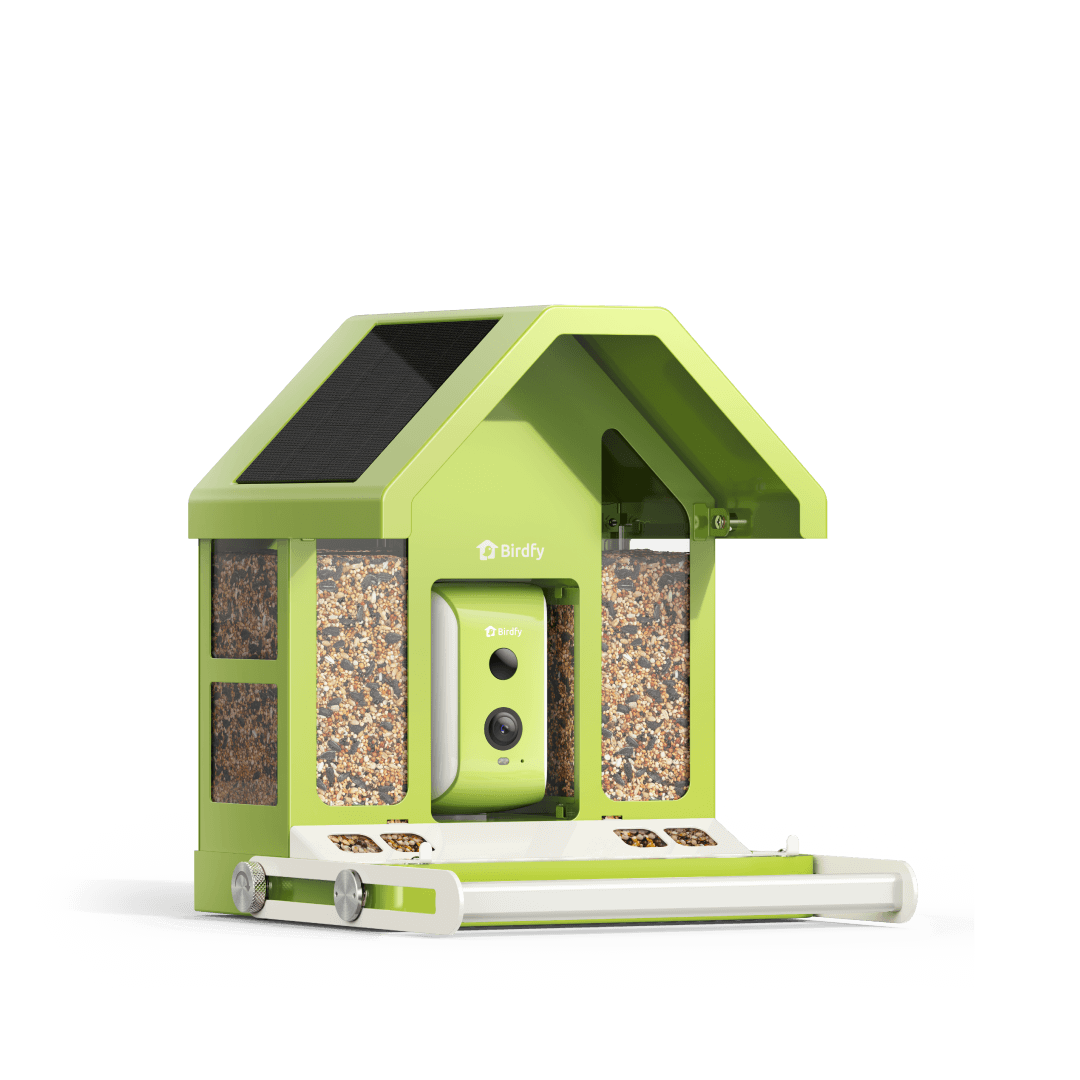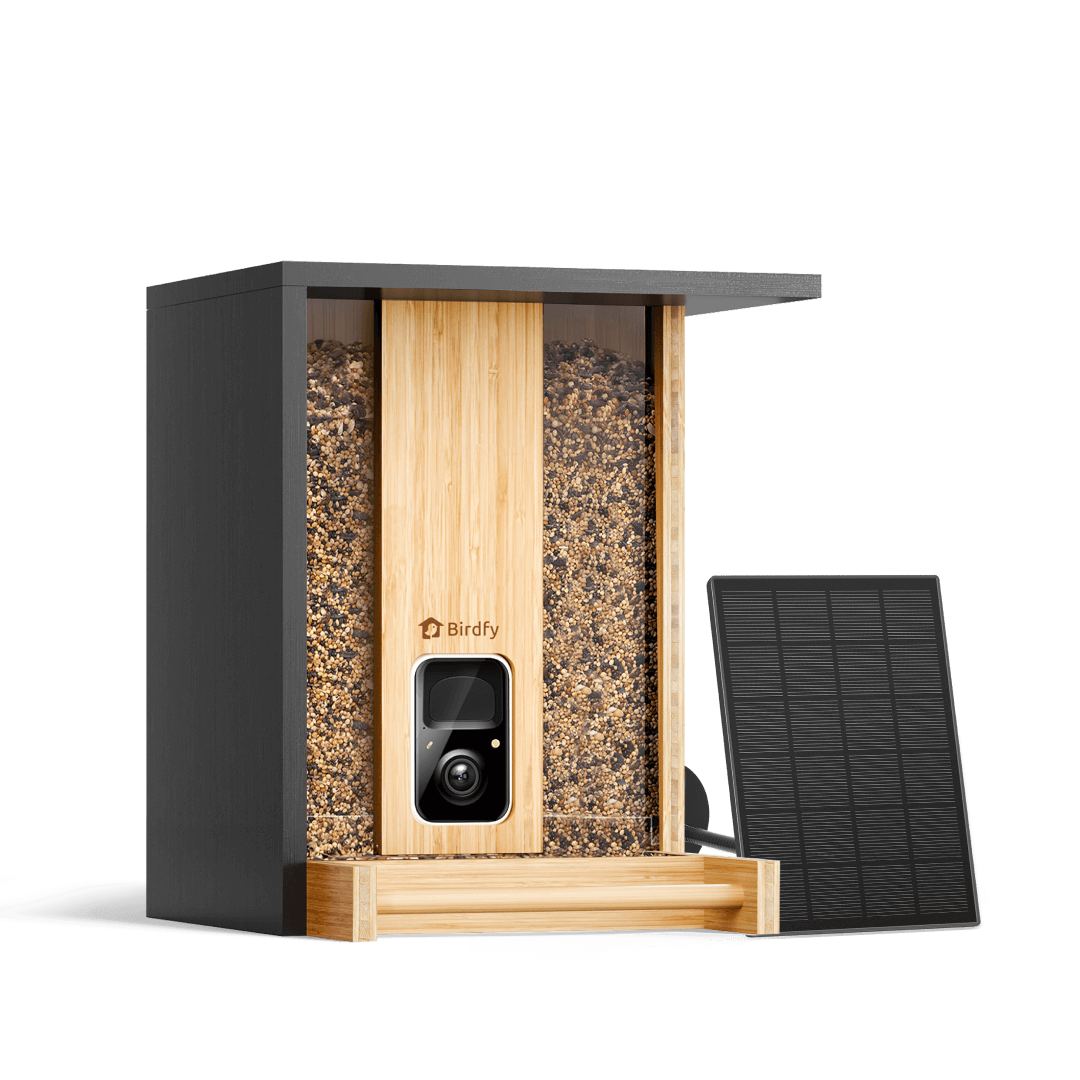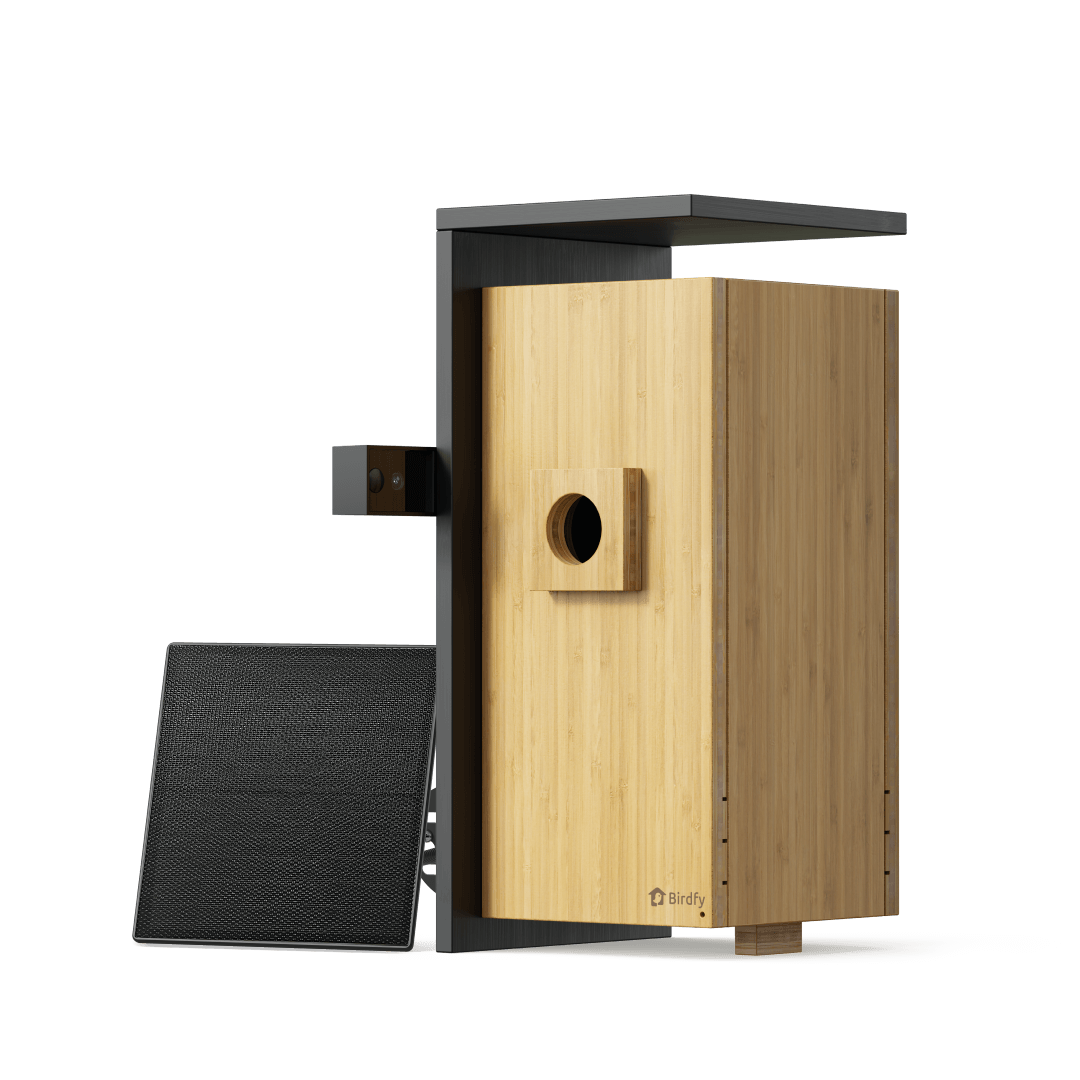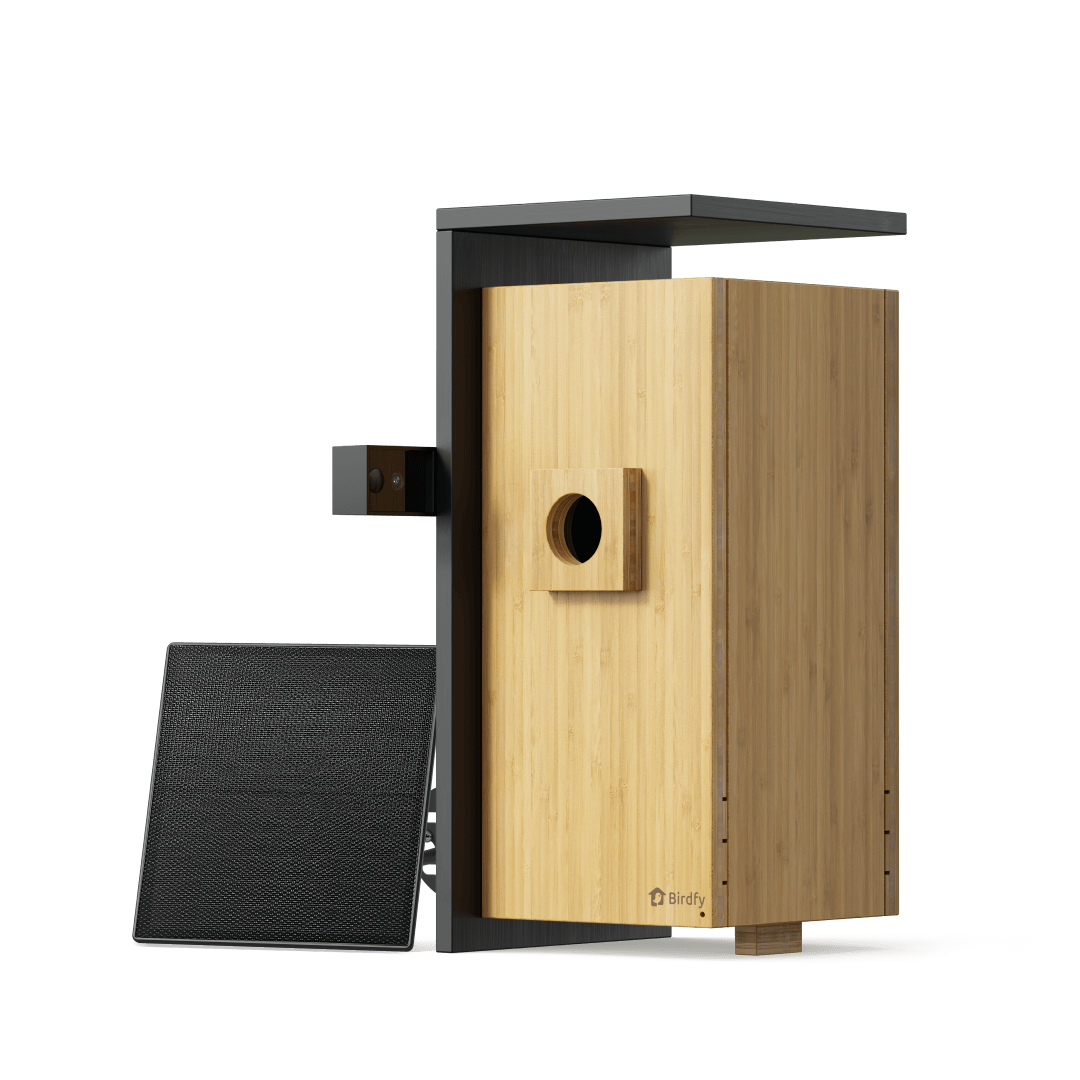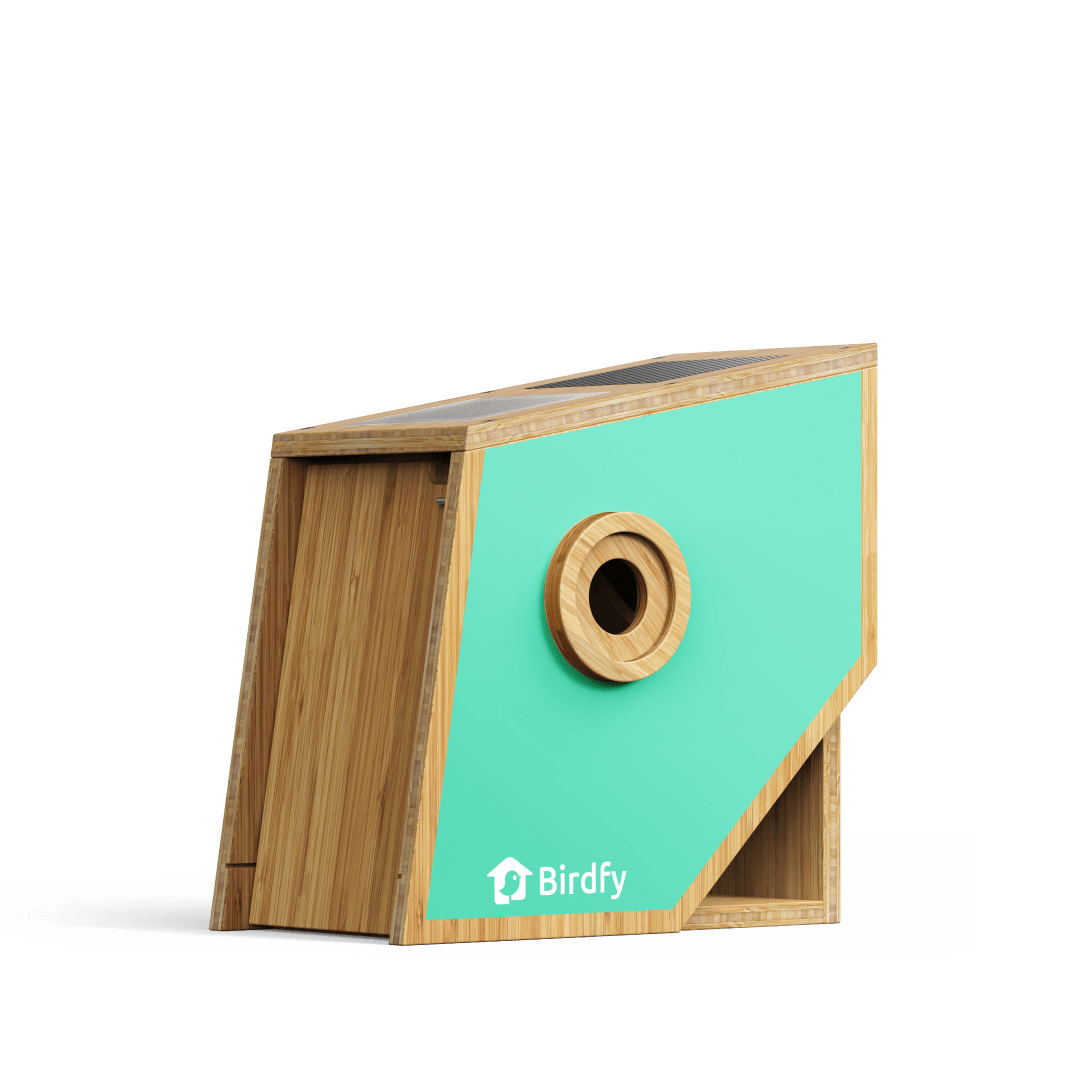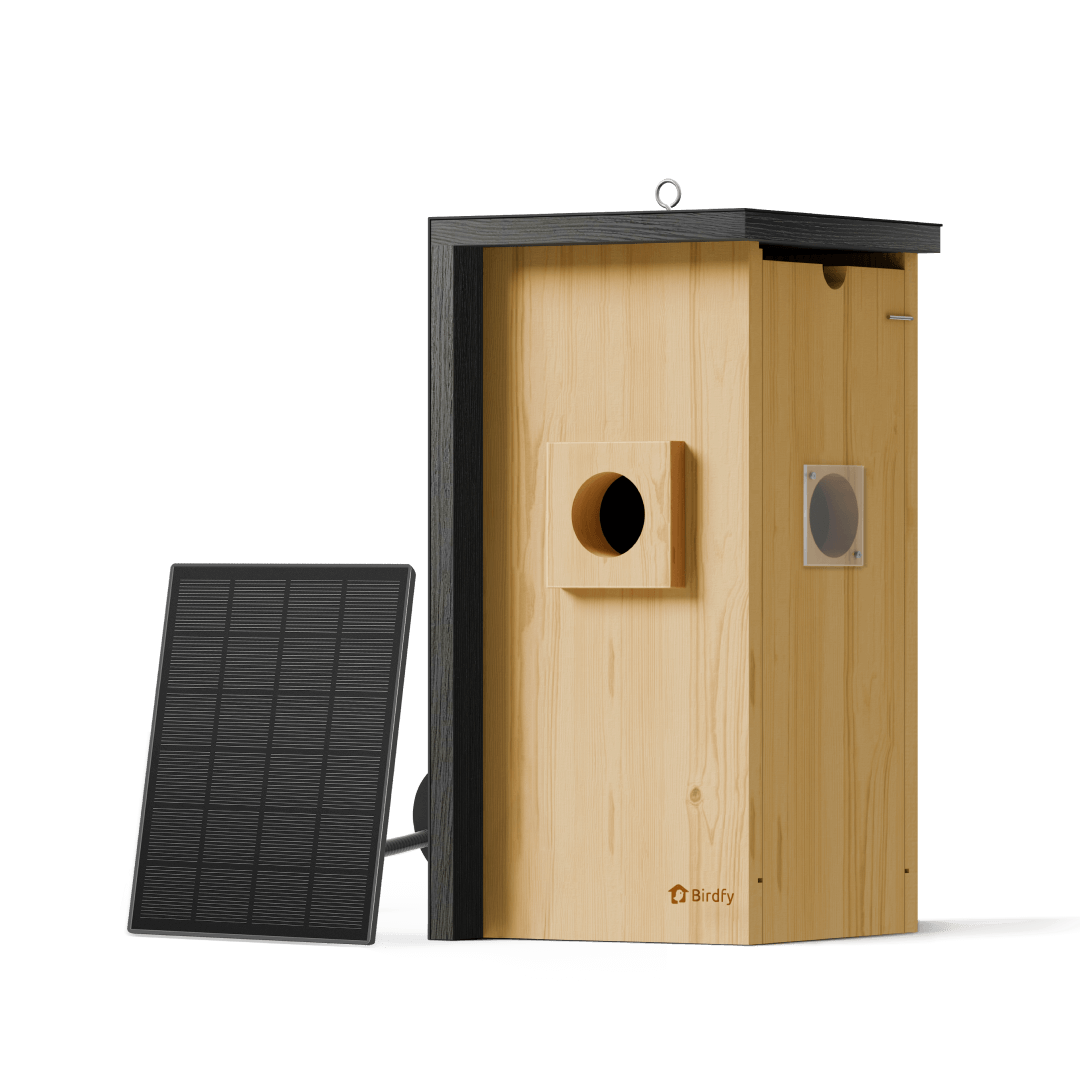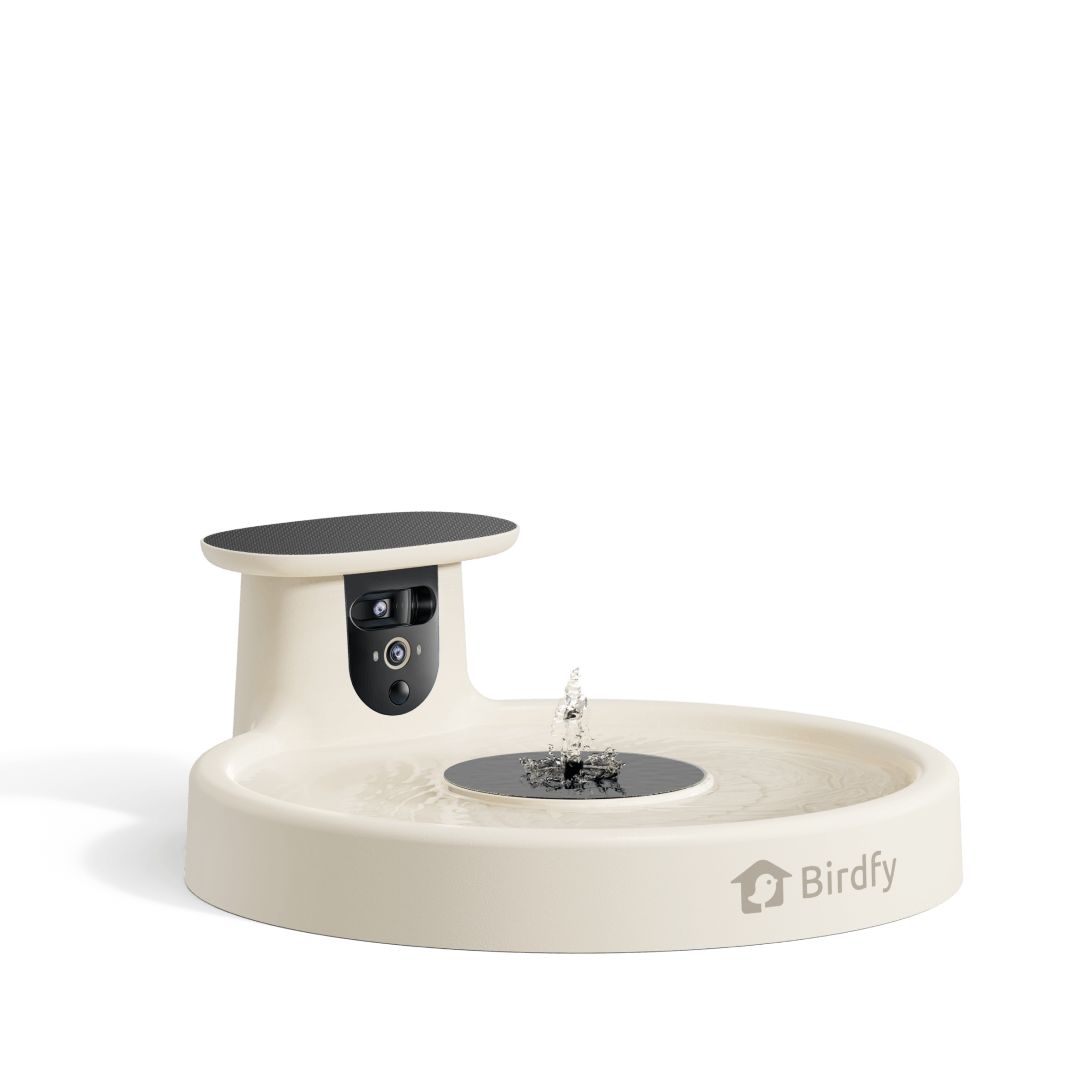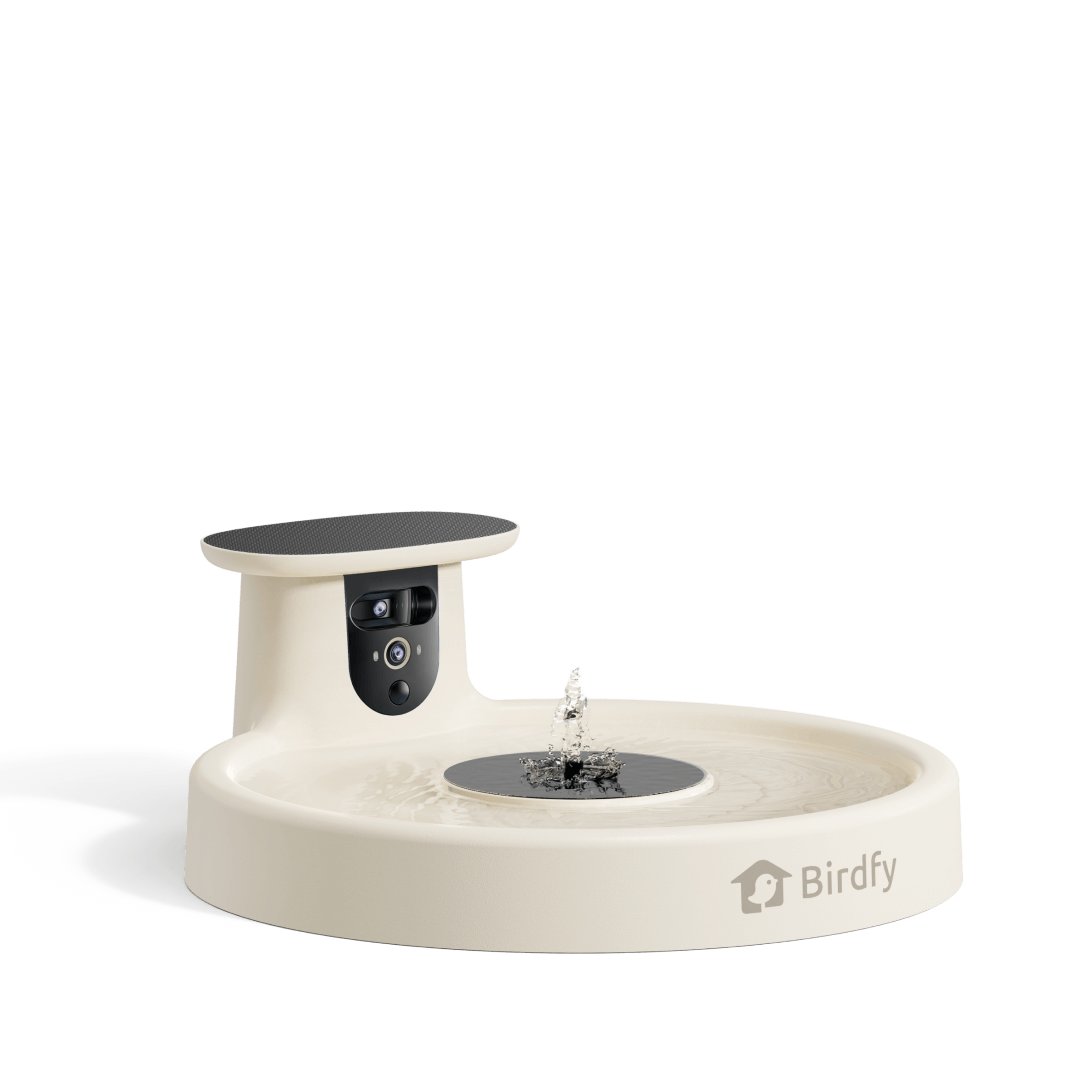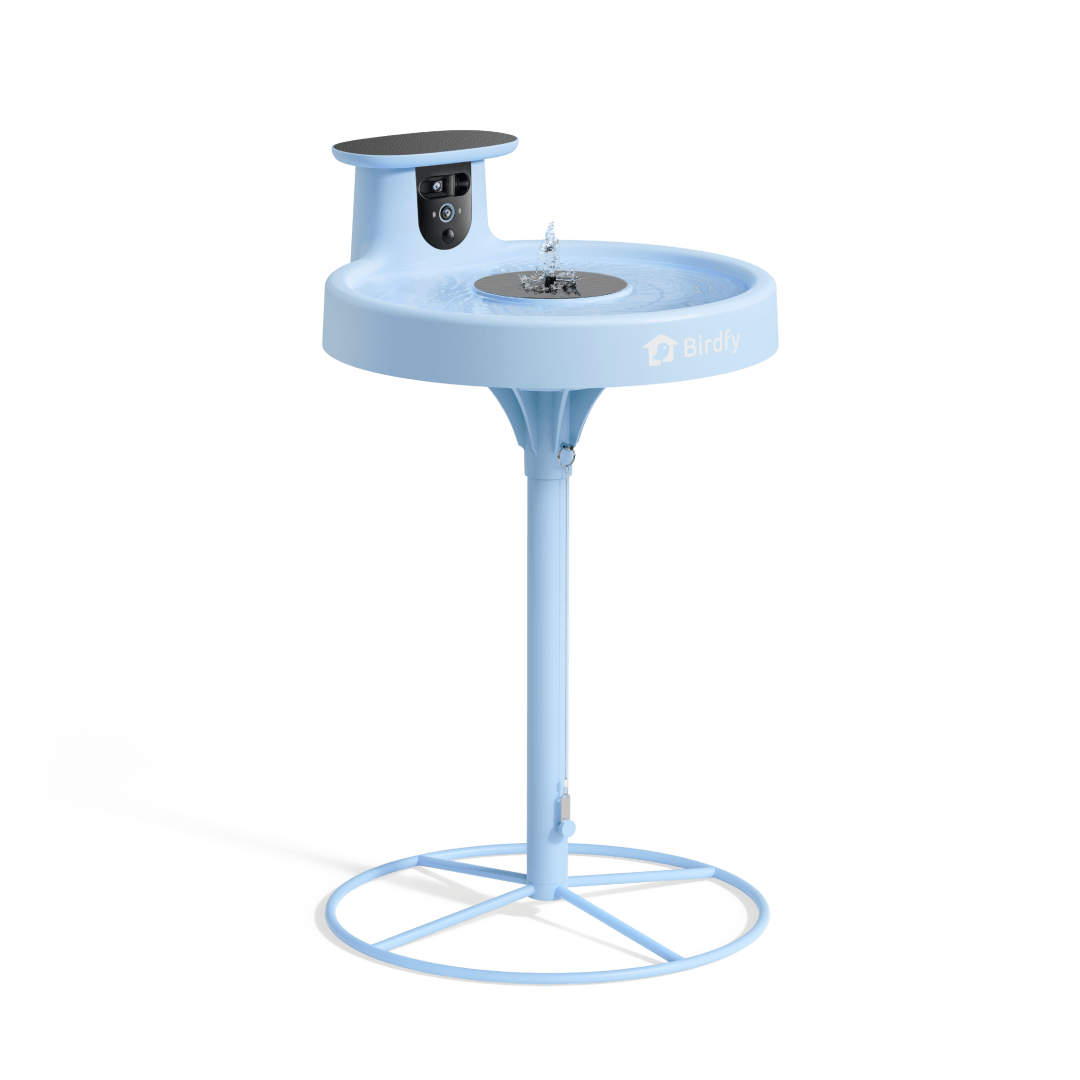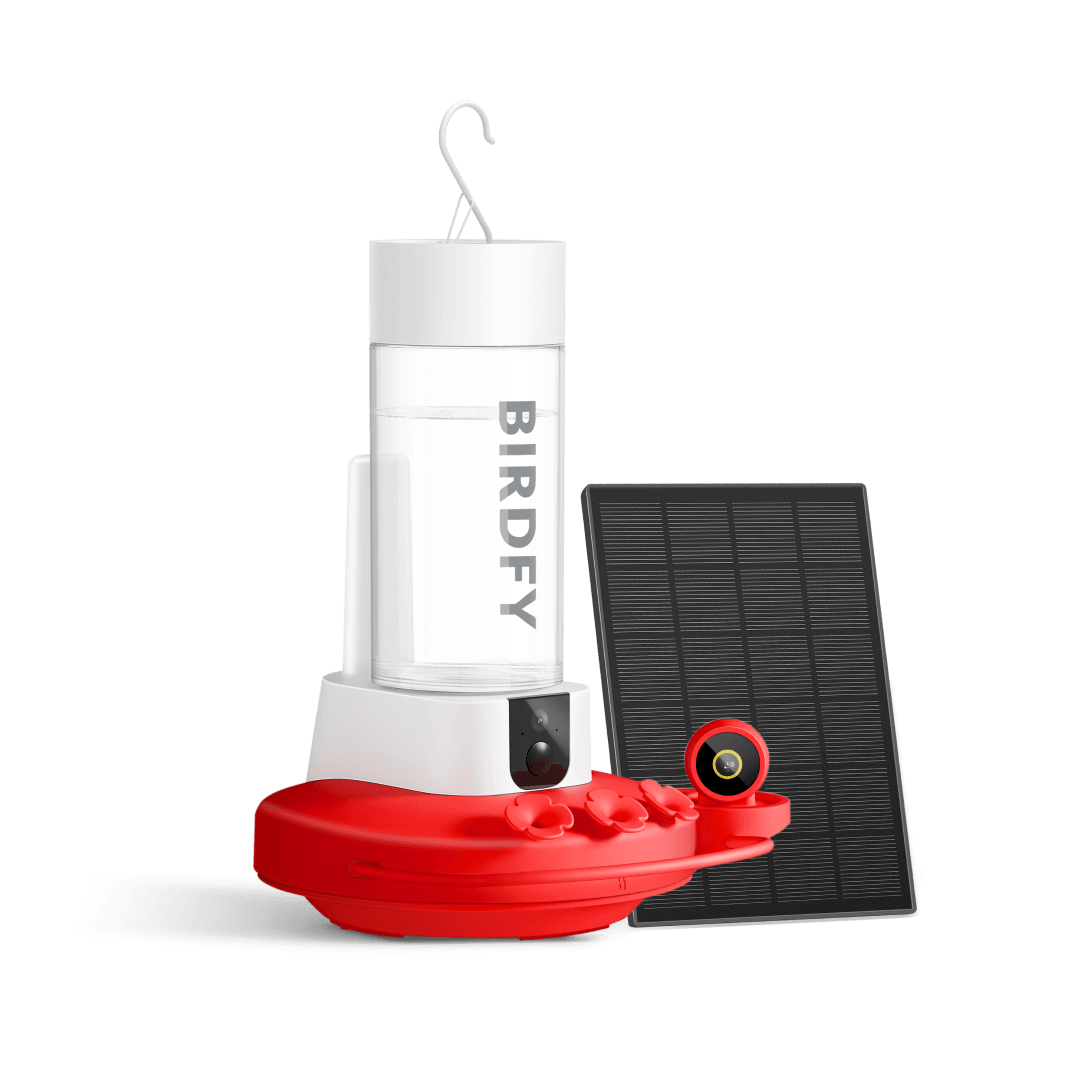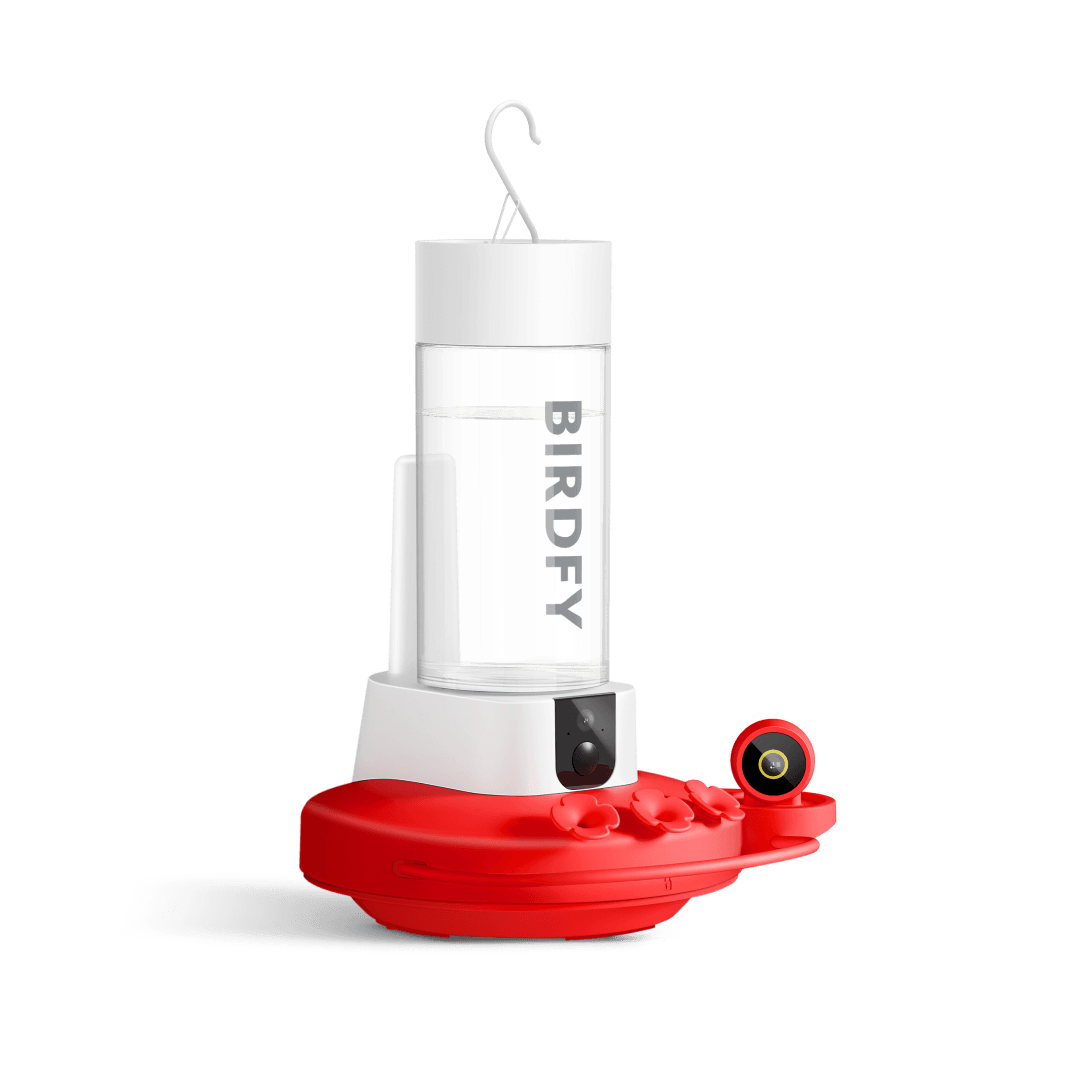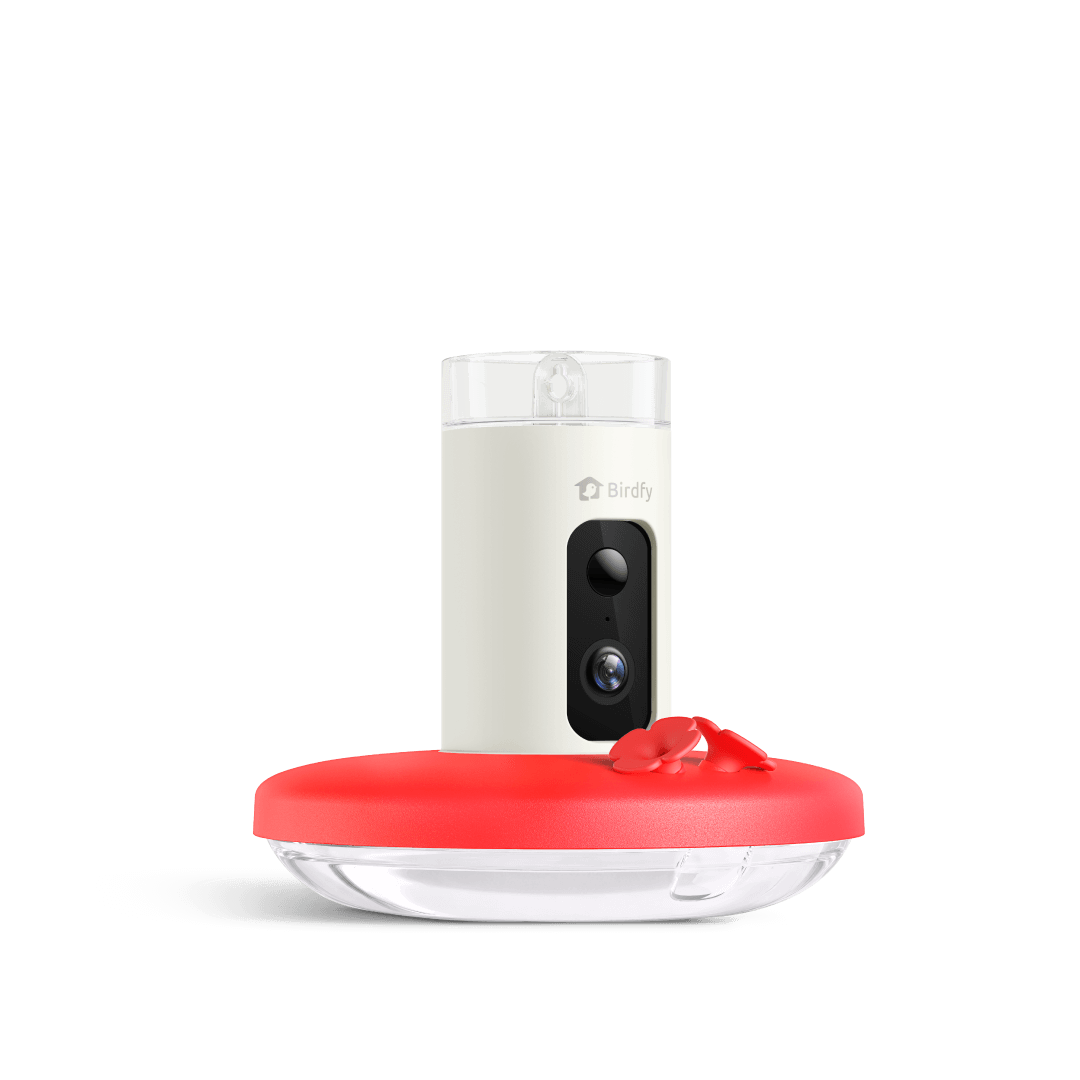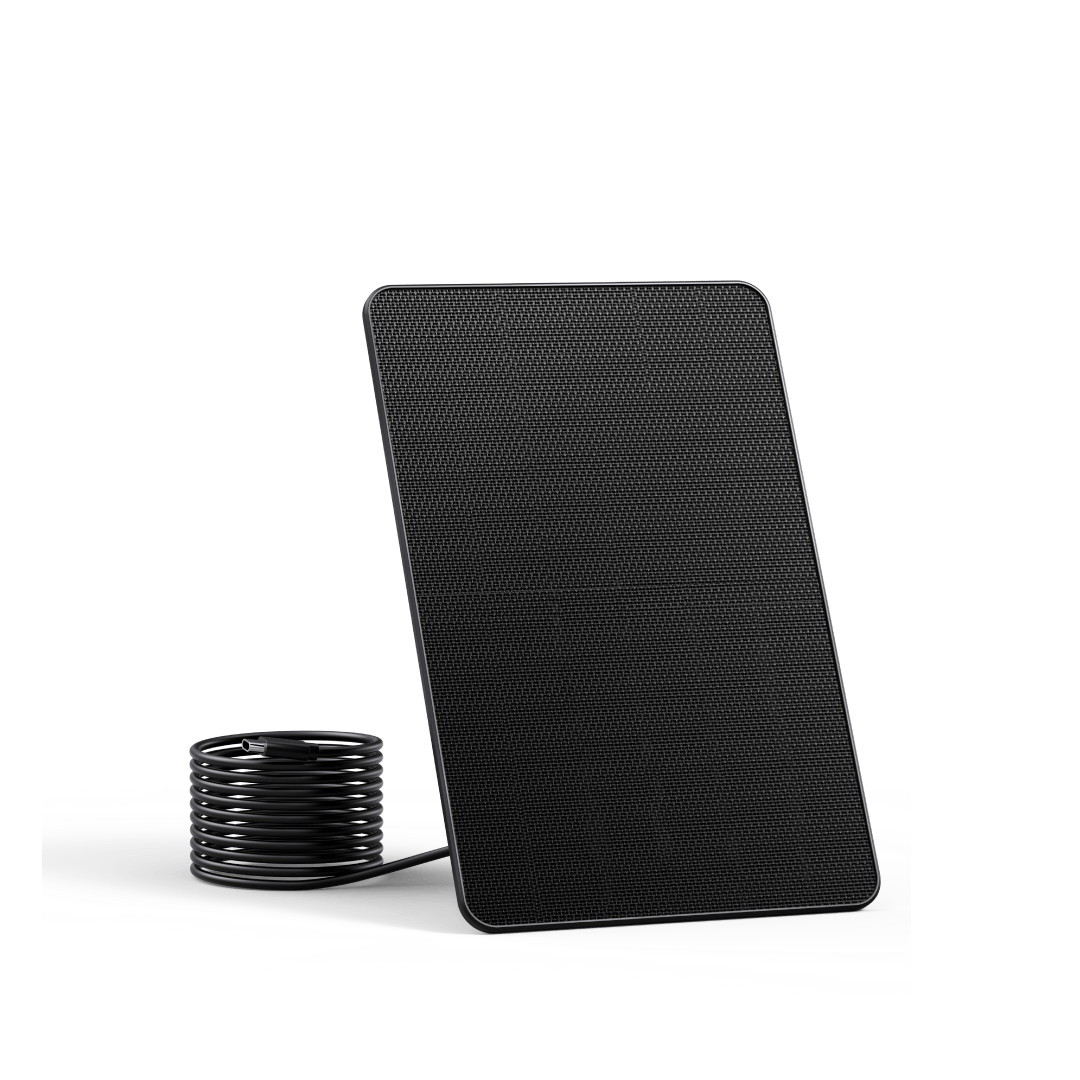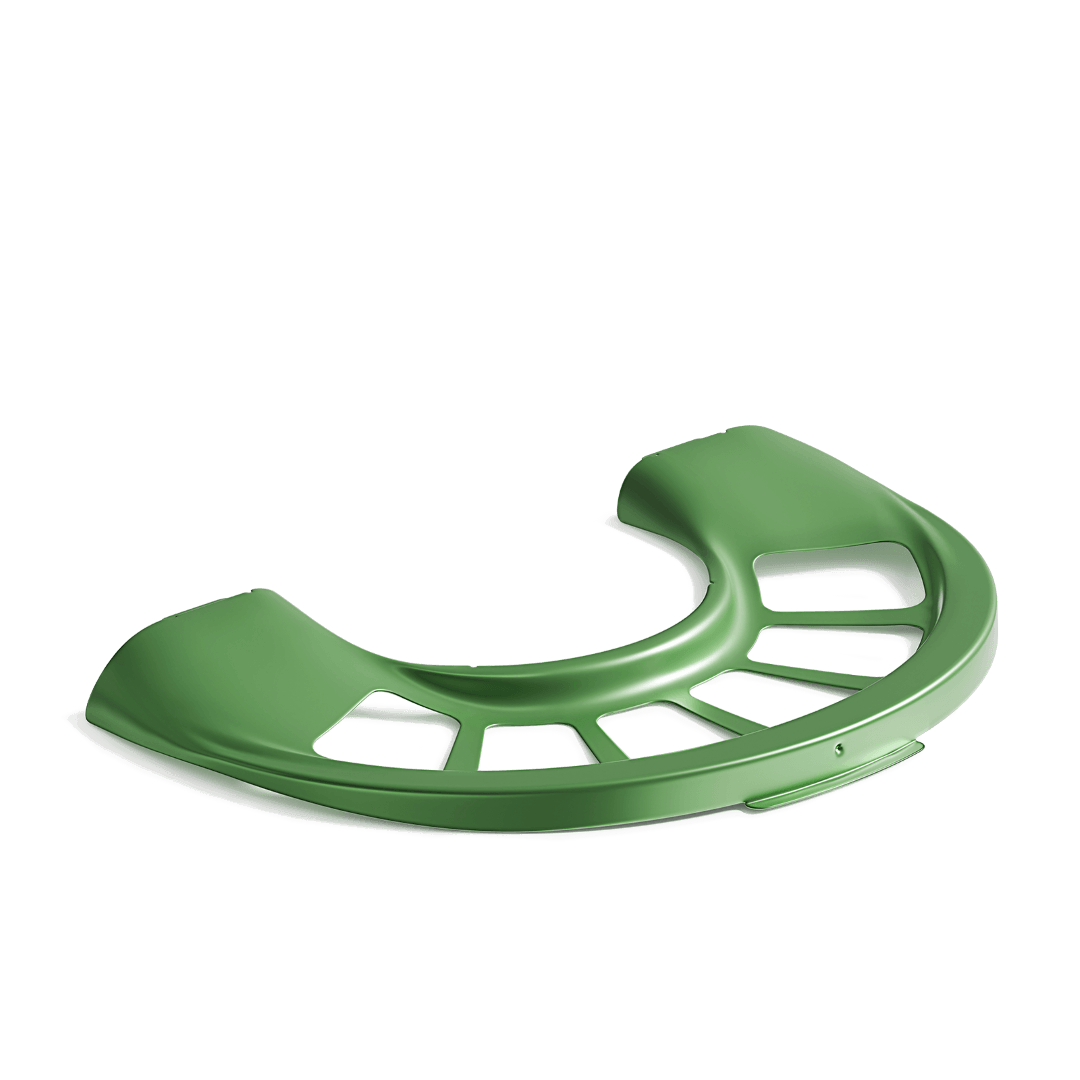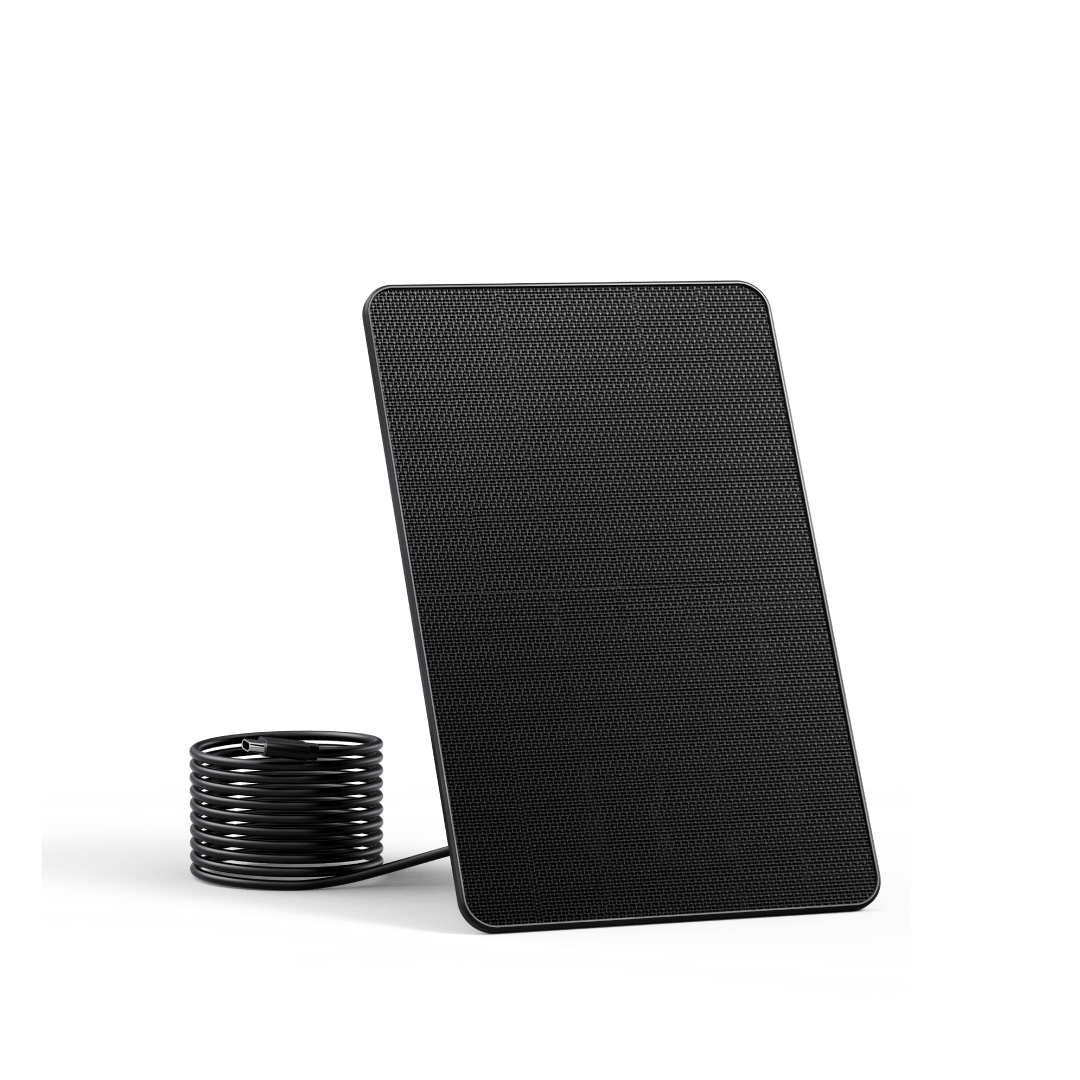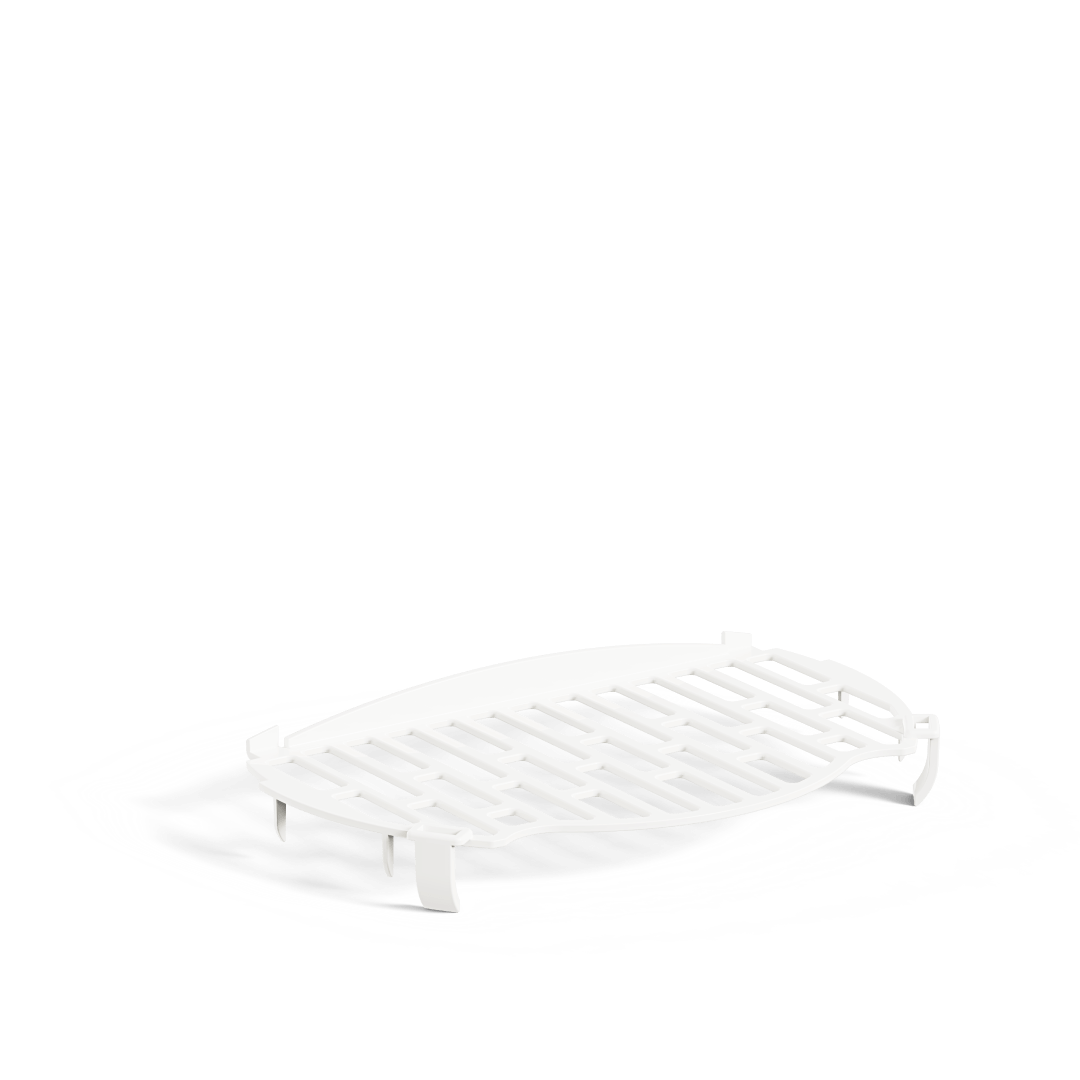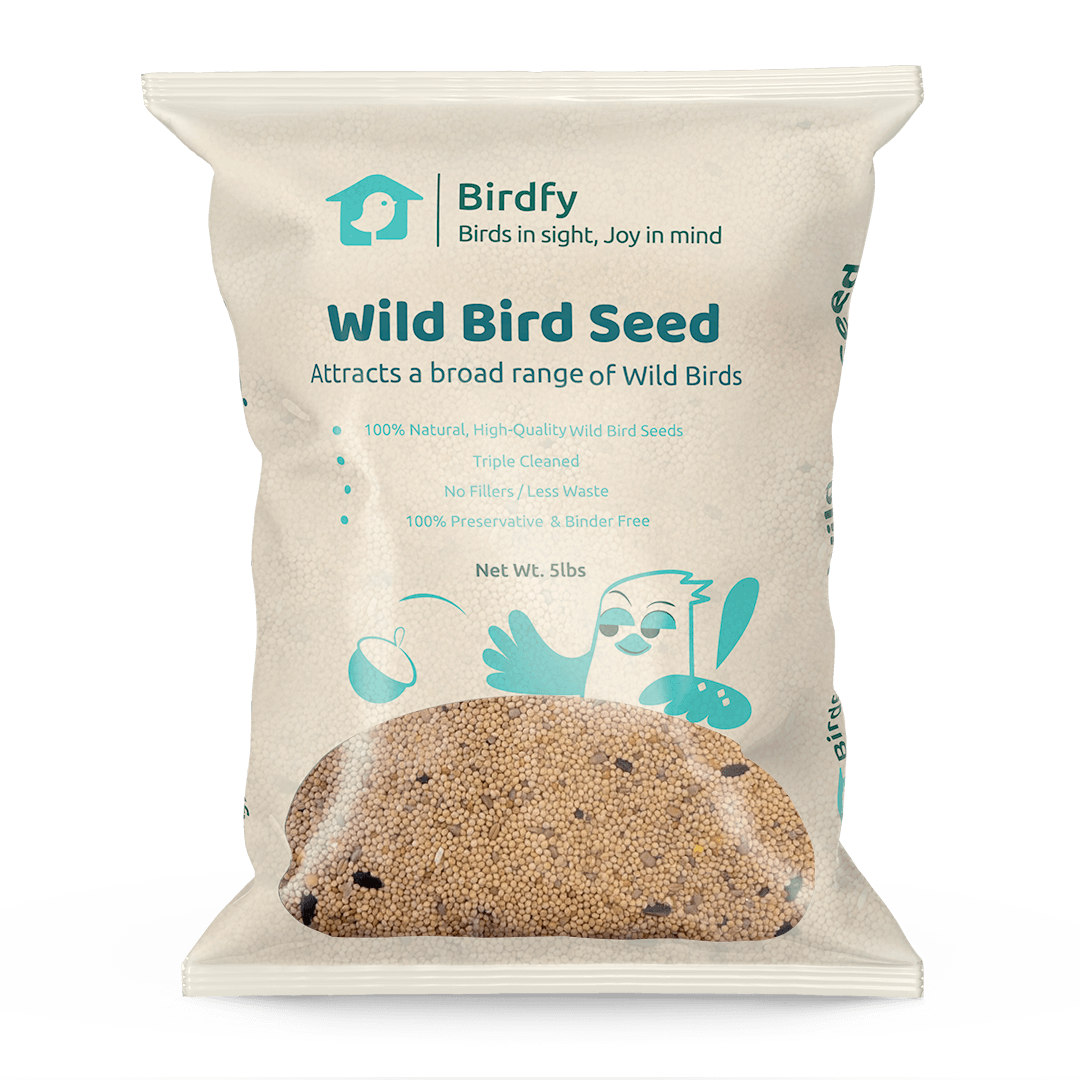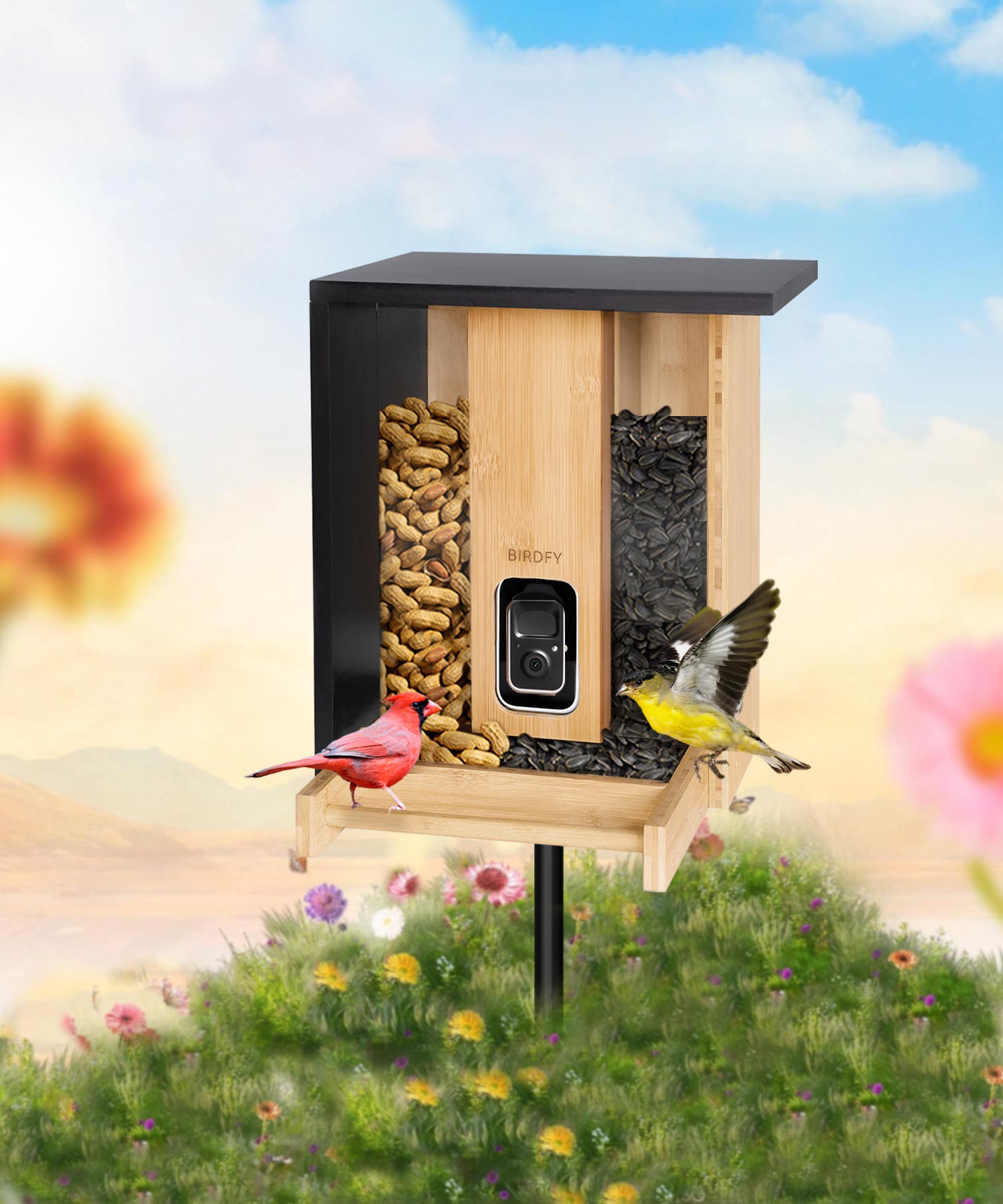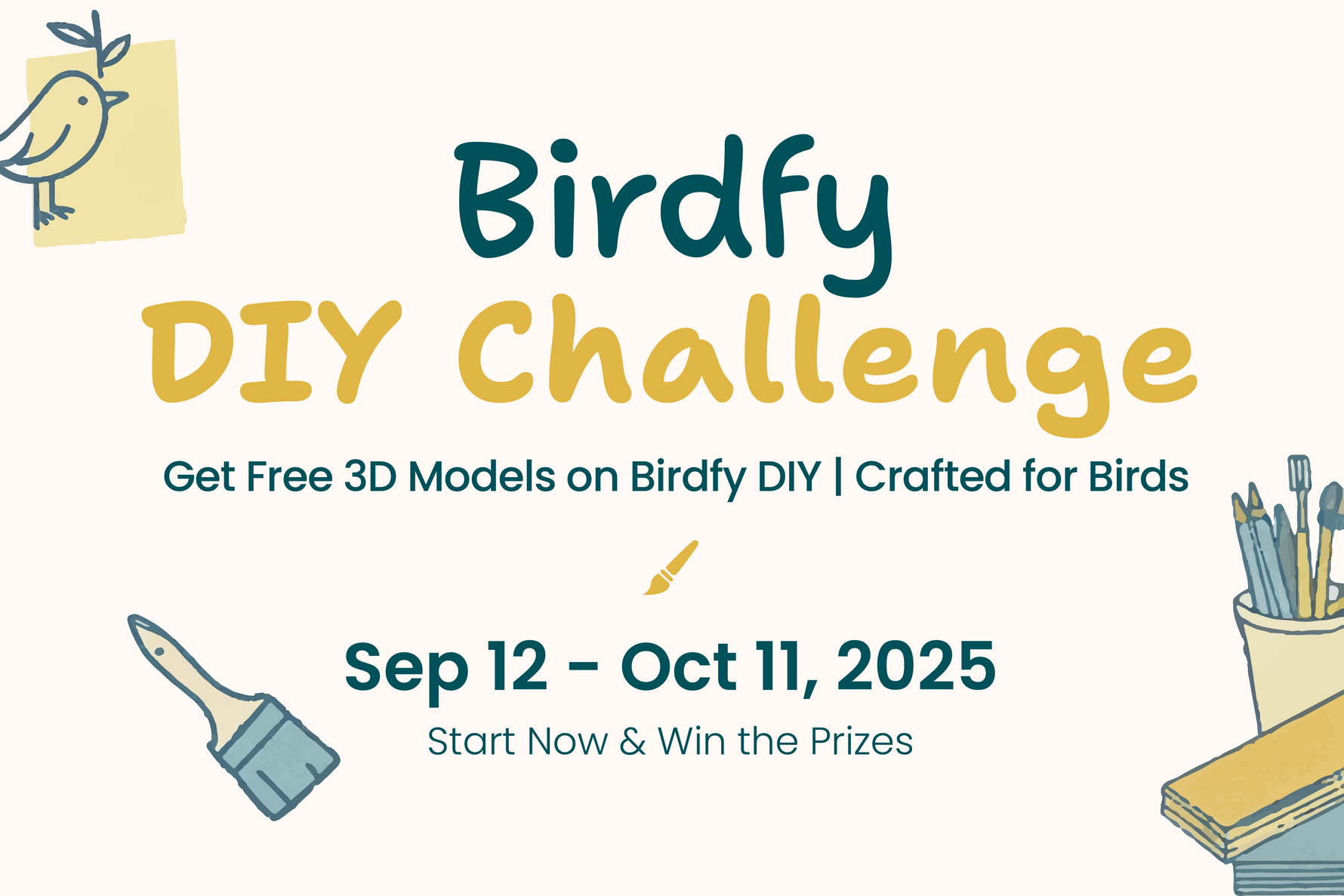The Ultimate Guide to Heated Bird Bath for Winter
In the chill of winter, birds seek out warm havens and sources of unfrozen water, making heated bird baths a vital resource for their survival. This guide delves into the importance of providing these feathered visitors with a reliable, ice-free water source in your garden during the colder months. You'll discover the fascinating ways in which birds adapt to winter conditions and how a heated bird bath can not only support their well-being but also bring the delight of their vibrant footprints and melodious songs to your frosty garden landscape.
Why Heated Bird Bath?
Birds engage in a variety of natural behaviors, including foraging, bathing, and nesting. Understanding these behaviors is key to providing birds with a welcoming environment for them. Bathing is an intriguing aspect of their natural behavior, crucial for maintaining feather health, efficient flight and adequate insulation. Clean feathers ensure better aerodynamics in flight and help keep birds warm during cold temperatures.
In the wild, birds may use various natural water sources like ponds, rivers, or even puddles to bathe. They typically splash around in the water, which helps to loosen dirt and parasites from their feathers. Birds often follow up their baths with preening, a process where they use their beaks to realign and oil their feathers. This preening helps waterproof their feathers and keeps them in optimal condition. In urban or suburban environments, where natural water sources may be scarce, bird baths can serve as an essential resource for birds to carry out these important grooming behaviors.
Is a Heated Bird Bath a Good Idea?
In winter, the drop in temperatures poses a significant challenge for birds. Natural water sources such as lakes, ponds, and streams can freeze, eliminating crucial bathing spots. Bathing is not just a matter of cleanliness for birds; it's vital for the health of their feathers, which are essential for insulation and mobility in cold weather.
Without access to liquid water, birds struggle to keep their feathers in optimal condition. Ice-covered surfaces present not only a lack of bathing opportunities but also a risk of injury if birds attempt to use them. This struggle can lead to a decline in feather quality, which in turn affects a bird's ability to regulate its body temperature and to fly effectively. This is particularly problematic for species that rely on precise feather alignment for efficient flight.
Can a Bird Bath Get Too Hot?
Some may wonder whether heated baths in winter are safe for birds. The temperature of the water is the key to that. When birds bathe in an overheated birdbath on a frigid day, their feathers may get iced up, posing a risk. The ideal water temperature for a heated bird bath should be just above freezing, around 35-40°F (1.7-4.4°C). This temperature range is warm enough to prevent the water from freezing but cool enough to ensure the safety of the birds, preventing the icing of feathers.
How to Choose a Heated Bird Bath for Winter?
When considering the purchase of a heated bird bath, it's important to focus on certain key features to ensure you provide a safe and welcoming environment for birds during winter. Look for a bath with thermostatic controls to keep the water temperature just above freezing, ensuring birds can bathe without the risk of their feathers icing up. Durability is also crucial, so opt for materials that can withstand the harsh winter weather, like frost-resistant ceramics or robust plastics.
The bath should be shallow, ideally 1-2 inches deep, to accommodate small birds. Also, consider the power source – electric, solar-powered, or battery-operated – to best suit your garden setup. A design that is both aesthetically pleasing and stable enough to withstand windy conditions or the weight of larger birds is ideal. Lastly, ease of cleaning and maintenance should be a priority to ensure a healthy bathing environment for the birds throughout the winter months.
How to DIY a Heated Bird Bath?
For those who prefer a more hands-on approach, DIY heated bird baths are an innovative and rewarding option. One effective DIY solution is to use a small, submersible water pump in your bird bath, which keeps the water moving and less likely to freeze. Another approach is to choose a dark-colored bath, as it absorbs more sunlight and helps maintain a warmer water temperature.
These DIY methods, when combined with a consistent supply of food, can significantly boost the survival chances of birds during winter. Implementing these simple, homemade strategies not only assists our feathered friends but also provides a fulfilling way to engage with nature right in your own backyard, especially during the coldest part of the year.
Heated Bird Bath Maintenance and Care Tips
As the seasons change, ensuring birds have access to unfrozen water becomes essential. Heated bird baths are an effective solution for this. To maximize their benefits, it's important to regularly clean these baths to prevent the buildup of harmful bacteria and maintain a healthy environment for the birds. It's recommended to check the water temperature periodically to ensure it's suitable for the birds - not too hot nor frozen. Also, inspect the heating element and electrical connections for any signs of wear or damage, especially before the onset of winter. Proper maintenance of a heated bird bath not only supports the birds' grooming routines during cold months but also attracts a diverse array of bird species to your birdbath and garden. By taking these steps, you ensure the well-being of your feathered visitors and enhance your bird-watching experience.
Best Bird Bath for Winter
Among the best bird baths for winter, Birdfy Bath Pro is a leader in terms of innovation and design. This solar-powered smart birdbath harnesses the power of the sun to run a soothing fountain, keeping the water fresh and moving. The solar fountain not only attracts birds with its gentle sound but also helps circulate the water, reducing the chance of ice formation during mild winters and ensuring birds have a reliable source of water. For colder climates, you can pair it with a 40–75W bird bath heater to achieve stronger anti-freezing protection.
Share





